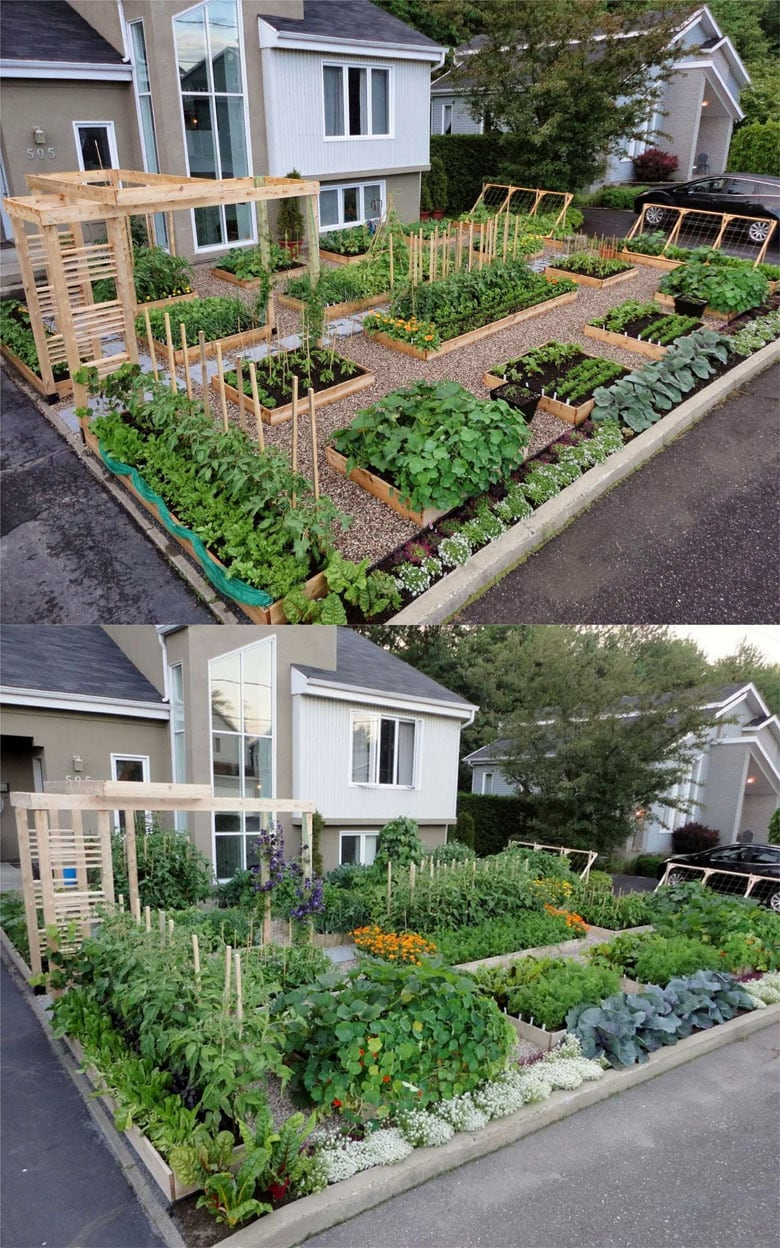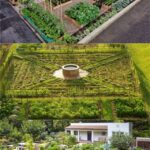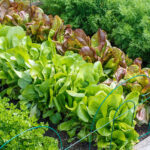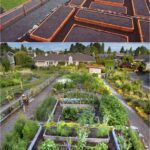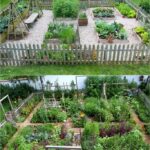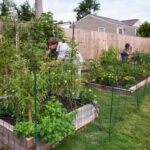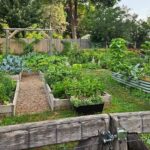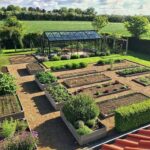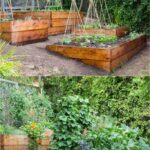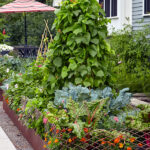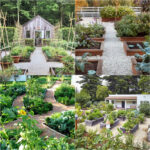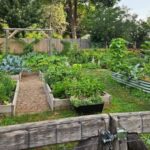Vegetable garden design is an important aspect of creating a productive and visually appealing outdoor space. When planning a vegetable garden, there are several key considerations to keep in mind in order to maximize the yield of crops and create a harmonious layout.
One of the first steps in vegetable garden design is to select an appropriate location for the garden. Ideally, the site should receive full sunlight for at least six to eight hours each day. It is also important to consider factors such as drainage, soil quality, and access to water. A level location with well-draining soil will promote healthy plant growth and make maintenance easier.
Once a location has been selected, the next step is to determine the size and layout of the garden. Raised beds are a popular option for vegetable gardening, as they provide good drainage and can help to define the boundaries of the garden. The width of the beds should be kept to no more than four feet to allow for easy access to the center of the bed. Paths between the beds should be wide enough to accommodate a wheelbarrow or garden cart for easy maintenance.
When planning the layout of the vegetable garden, consider the needs of each type of plant. Group crops with similar water, sun, and soil requirements together to ensure they thrive. For example, leafy greens, such as lettuce and spinach, prefer cooler temperatures and partial shade, while tomatoes and peppers thrive in full sunlight. Companion planting, where certain plants are grown together to benefit each other, can also be used to ward off pests and maximize yield.
Incorporating trellises, stakes, and other supports into the garden design can help to maximize space and increase airflow around plants. Vertical gardening techniques can be used to grow climbing vegetables, such as cucumbers and peas, in a small footprint. Sturdy supports for heavy crops, like tomatoes and squash, will prevent plants from toppling over and reduce the risk of fruit rot.
Finally, consider adding decorative elements to the vegetable garden to enhance its visual appeal. Pathways made from gravel, stone, or wood chips can create a defined walkway through the garden, while adding benches or seating areas can provide a place to relax and enjoy the fruits of your labor. Incorporating ornamental plants, such as flowers or herbs, can attract pollinators and beneficial insects to the garden, improving plant health and increasing yield. By carefully planning the layout and design of a vegetable garden, gardeners can create a beautiful and productive outdoor space that provides fresh, homegrown produce throughout the growing season.
